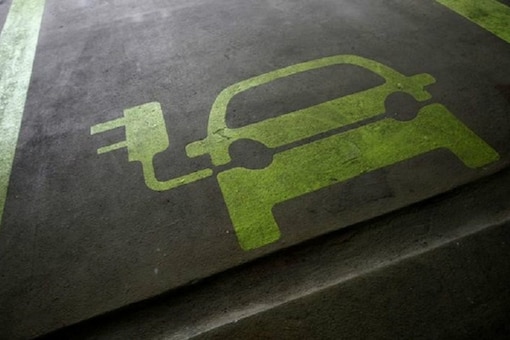The Indian automobile industry is undeniably, still largely dependent on the internal combustion engine with electric vehicles continuing to be outside the purchasing power of mainstream buyers. Cost and lack of proper infrastructure have hindered the growth of EVs in India but things are not as bleak. To make EVs more affordable, the central government offers sops under the national FAME-II scheme, while individual state EV policies provide further impetus to the changeover.
The subsidies vary within each state making it more beneficial to own an EV in one state as compared to another. Maharashtra comes second in the list of highest subsidies available in states, topped by Delhi. The revised Maharashtra EV policy 2021 was announced on July 15 last year. It aims to make the state the topmost producer of battery-powered electric vehicles in India. It also intends to make EVs constitute 10 percent of all new vehicle registrations by 2025. To do so, EVs have been exempted from registration charges and road tax.
To make things easier for consumers, the government made the vehicle manufacturers responsible for claiming the demand-side subsidy. The government has urged manufacturers to file their claims with the Directorate of Industries, either through its online portal or at its Mumbai office, until the state transportation department develops a platform dedicated to subsidy applications.
Subsidy for electric two-wheelers
The policy states that the state plans to subsidise the first 100,000 buyers of electric two-wheelers with a Rs 5,000 incentive per kWh of battery capacity (incentive limit: Rs 10,000; twice the previous cap of Rs 5,000). For individuals who acquire an electric two-wheeler with a 3 kWh battery before March 31, Maharashtra is offering an early bird bonus of up to Rs 15,000 (for an e-two-wheeler with a 3 kWh battery). The earlier deadline was December 31 of last year which has been extended. After the amended policy went live, EV manufacturer Ather Energy CEO Tarun Mehta announced that the costs of the Ather 450 and Ather 450X will be the lowest anywhere in India in Maharashtra.
Manufacturers of e-two-wheelers will also be eligible for a bonus of up to Rs 12,000 if they provide a battery guarantee of at least five years and an assured buyback scheme. Only half of the full incentive will be available for e-two-wheelers sold without a battery.
Subsidy for electric cars and SUVs
According to Maharashtra’s EV policy 2021, the base incentive for electric cars and SUVs is the same as for e-two-wheelers: Rs 5,000 per kWh of battery capacity. Vehicles with a battery capacity of up to 30 kWh, however, are eligible for the discount, which amounts to a total incentive of Rs 1.5 lakh (Rs 50,000 higher than the previous limit). The early bird incentive exists here as well with an additional incentive of Rs 1 lakh for those making the purchase before March 31. EVs priced around Rs 15 lakh, such as the Tata Tigor EV Ziptron and two variants of the Tata Nexon EV, would experience significant price reductions.
Charging infrastructure
Recognising the need to provide easily accessible charging points for electric vehicles, 2,500 charging stations in seven urban agglomerates in the next four years have been targeted by the state. Nashik and Nagpur will have 150 each while 500 will be in Pune. Apart from that, 75 in Aurangabad, 30 in Amravati and 20 in Solapur will be set up, all of which will cover the major highways of Mumbai-Pune, Mumbai-Nashik, Mumbai-Nagpur and Pune-Nashik.
Source: news18.com









